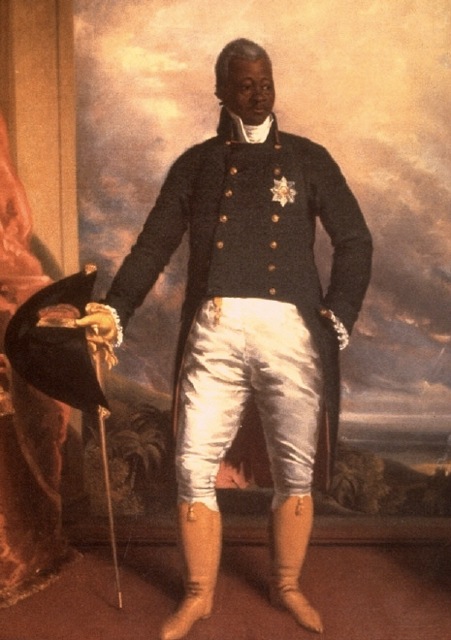Jan
17
Posted by: | January 17, 2010 | Comments Off on Leyendas de Guatemala: Segunda mitad
The second part of Las Leyendas de Guatemala is written in a unique form that differs from how the first half of Leyendas was organized. This second section appears in the form of a play. Following this format, there are introductory paragraphs that explain the setting of each part before the plot unfolds through dialogue between the characters. The characters in the second half of the book remain throughout the section and for this reason the events of the “play” are a bit easier to follow. I believe that there is some significance in the play format. I have learned in another class (LAST 100) about the “Dance of the Conquest”, which is a dance performance that occurs annually throughout Guatemala and is a way of demonstrating the history of European contact with the Maya people. Based on this information, it seems that performing legends is a unique element of Guatemalan culture. Therefore I am curious to know whether Asturias borrowed this known tradition of performance when writing his version of indigenous Guatemalan legends.
The scenes of the “play” are divided according to the parts of the day: amarillo para la manana, rojo para la tarde y negro para la noche. The text centers around these three parts of the day, again emphasizing the incredible importance of the sun as a basic element of nature upon which human life depends. I’m not positive about the identities of the characters in the text, or the location of where the events/interactions are occurring. Many characters are aligned with natural elements; Cuculcan is the associated with sun and is therefore a very powerful being, and Yai is referred to as a yellow flower. Since these legends are founding narratives of the Maya, it is likely that the characters are gods, especially the powerful ones such as Cuculcan.
I enjoyed the portion in which life is discussed by Guacamayo and Chinchiribin in a philosophical manner:
Guacamayo: “¡Nada existe, Chinchibirín, todo es sueño en el espejismo inmóvil, sólo la luz que cambia al paso de Cuculcán que va de la mañana a la tarde, de la tarde a la noche, de la noche a la mañana, hace que nos sintamos vivos. ¡La vida es un engaño demasiado serio para que tu lo entiendas Chichibirin!”
Guacamayo, who seems to be bestowed with “high” knowledge, declares the sun to be the only legitimate or “real” part of life; the rest of life is a dream. This statement relates to the Legends in many ways, and I think it hints at the worldview of the Maya, and how it differed tremendously from that of the Spanish at the time of contact.
Comments

